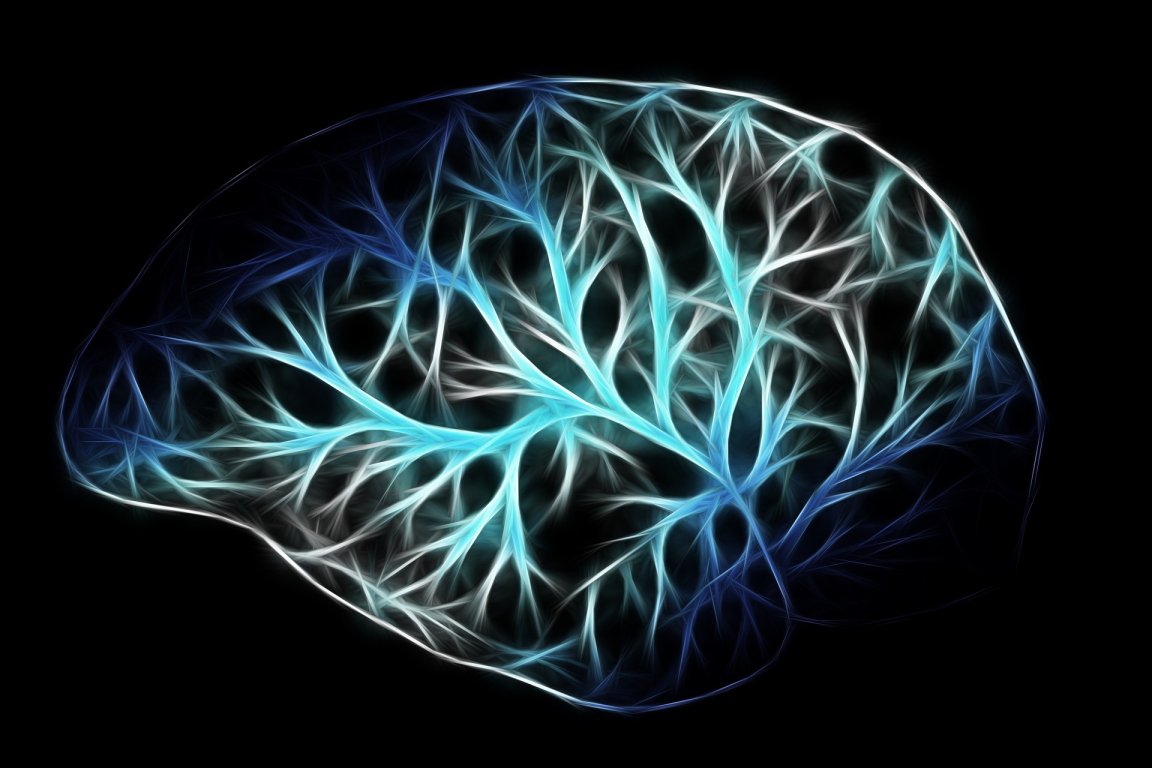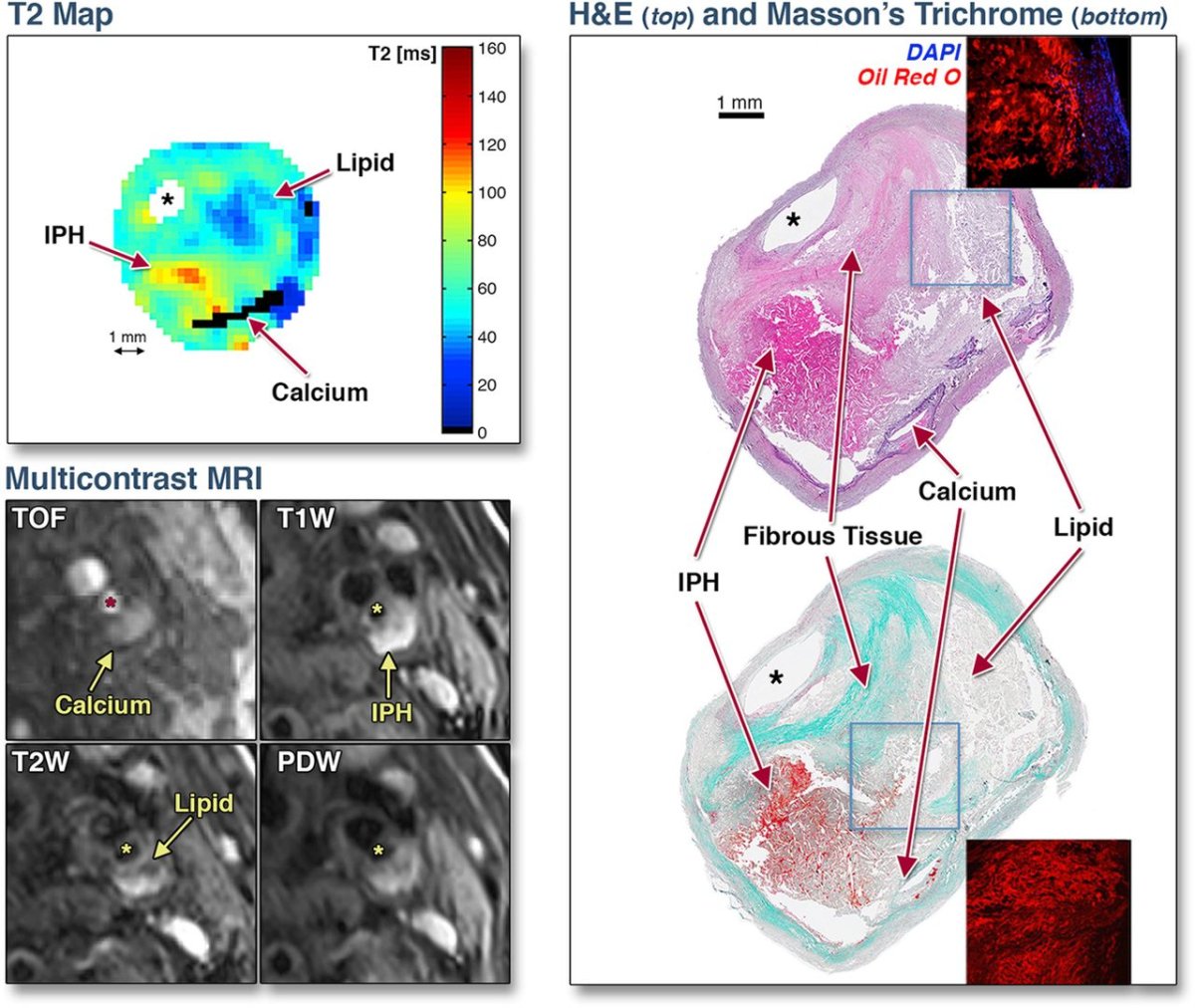
A New Technique
Researchers have developed a new kind of MRI scan can non-invasively predict stroke risk. The technique analyzes the makeup of plaques inside the carotid arteries, which can be used to predict how likely they are to cause a stroke. The analysis focuses on their composition, as plaques that are composed principally of cholesterol are more likely to trigger strokes.
The brain relies on the carotid arteries for its supply of blood and the oxygen it carries. Fatty plaques that rupture inside the arteries can block them, cutting off the brain’s blood supply and, therefore, starving it of oxygen. This circumstance is often at the root of strokes, which can be debilitating and even life-threatening.
Carotid atherosclerotic disease is believed to cause 10 to 20 percent of strokes. Stroke is the second most frequent cause of death in developed nations. In the United States, it’s responsible for about one in every 16 deaths. Strokes put people at risk for more than death: they’re also the main cause of acquired longterm disability in adults. More than half of all people who suffer a stroke become partially dependent on others. 40 percent of stroke victims need special care and 9 percent require total care.

Study co-author Dr. Luca Biasiolli told The Guardian: “When someone goes to hospital having suffered a minor stroke, it’s vital that doctors know whether the patient might be at risk of a further stroke, which could be fatal. Being able to quantify cholesterol in carotid plaques is a really exciting prospect, as this new MRI technique could help doctors to identify patients at higher risk of stroke and make more informed decisions on their treatments.”
New Hope
Traditionally, the risk of stroke is predicted by imaging, but in a different way: the plaque in the artery is measured, and its size is presumed to correlate directly with risk. Plaques that are large are higher risk and will be removed. However, this means that smaller plaques — which may be higher in fat composition and therefore still very dangerous — can be missed. With that in mind, the study developed a test that gives doctors a quantitative result which can be used to more accurately decide whether a plaque poses a risk.
In the course of the study, the scientists used the new MRI scanning technique with 26 patients who were already scheduled for surgery. They first measured the amount of cholesterol in their carotid plaques with the technique. Then, after the plaques were removed surgically, the team was able to confirm the technique provided them with accurate results by examining the cholesterol content in the removed plaques. The same team extended these results in a second study on 50 people.
British Heart Foundation medical director Professor Sir Nilesh Samani, whose foundation founded the study in part, told The Guardian: “This exciting research opens up the possibility that in the future we may be able to more accurately identify people with carotid plaques that are likely to rupture and cause a stroke. These patients can then be treated earlier – for example, with surgery to remove the plaque – while others might be spared surgery altogether. More research is now necessary before this advance can come into routine clinical practice. However, if successful this technique has the promise to save lives.”